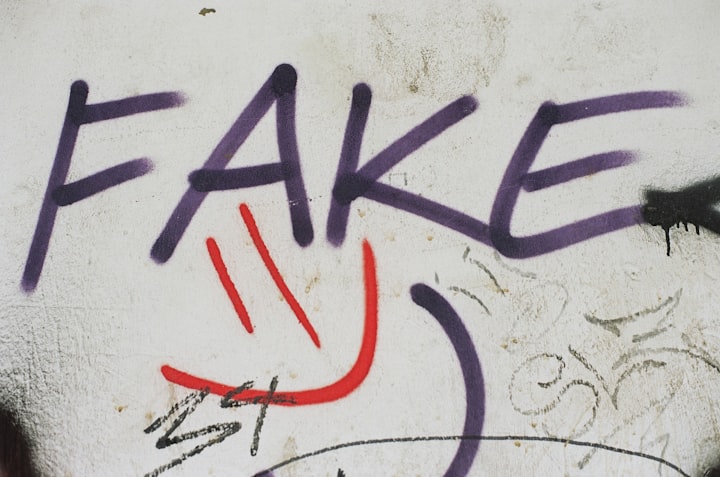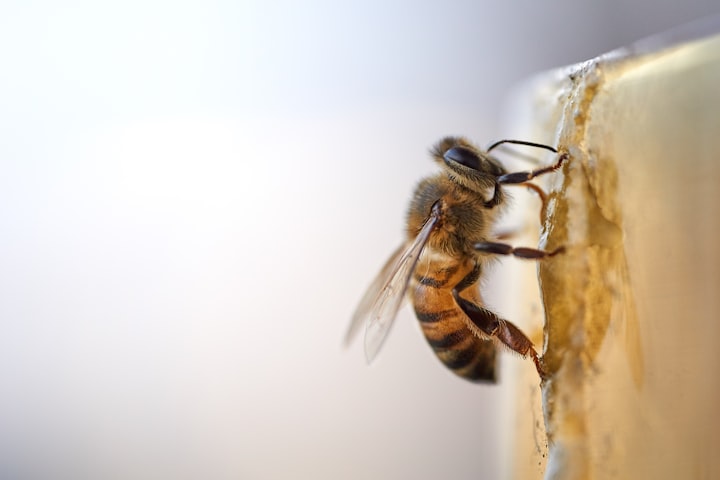What are deepfakes??
how can you spot them?

AI-generated fake videos are becoming more common (and convincing). Here’s why we should be worried.
Have you seen Barack Obama call Donald Trump a “complete dipshit”, or Mark Zuckerberg brag about having “total control of billions of people’s stolen data”, or witnessed Jon Snow’s moving apology for the dismal ending to Game of Thrones? Answer yes and you’ve seen a deepfake. The 21st century’s answer to Photoshopping, deepfakes use a form of artificial intelligence called deep learning to make images of fake events, hence the name deepfake. Want to put new words in a politician’s mouth, star in your favorite movie, or dance like a pro? Then it’s time to make a deepfake.
Many are pornographic. The AI firm Deeptrace found 15,000 deepfake videos online in September 2019, a near doubling over nine months. A staggering 96% were pornographic and 99% of those mapped faces from female celebrities on to porn stars. As new techniques allow unskilled people to make deepfakes with a handful of photos, fake videos are likely to spread beyond the celebrity world to fuel revenge porn. As Danielle Citron, a professor of law at Boston University, puts it: “Deepfake technology is being weaponized against women.” Beyond the porn there’s plenty of spoof, satire and mischief.
No. Deepfake technology can create convincing but entirely fictional photos from scratch. A non-existent Bloomberg journalist, “Maisy Kinsley”, who had a profile on LinkedIn and Twitter, was probably a deepfake. Another LinkedIn fake, “Katie Jones”, claimed to work at the Center for Strategic and International Studies, but is thought to be a deepfake created for a foreign spying operation.
Audio can be deepfaked too, to create “voice skins” or ”voice clones” of public figures. Last March, the chief of a UK subsidiary of a German energy firm paid nearly £200,000 into a Hungarian bank account after being phoned by a fraudster who mimicked the German CEO’s voice. The company’s insurers believe the voice was a deepfake, but the evidence is unclear. Similar scams have reportedly used recorded WhatsApp voice messages.
University researchers and special effects studios have long pushed the boundaries of what’s possible with video and image manipulation. But deepfakes themselves were born in 2017 when a Reddit user of the same name posted doctored porn clips on the site. The videos swapped the faces of celebrities – Gal Gadot, Taylor Swift, Scarlett Johansson and others – on to porn performers.
It takes a few steps to make a face-swap video. First, you run thousands of face shots of the two people through an AI algorithm called an encoder. The encoder finds and learns similarities between the two faces, and reduces them to their shared common features, compressing the images in the process. A second AI algorithm called a decoder is then taught to recover the faces from the compressed images. Because the faces are different, you train one decoder to recover the first person’s face, and another decoder to recover the second person’s face. To perform the face swap, you simply feed encoded images into the “wrong” decoder. For example, a compressed image of person A’s face is fed into the decoder trained on person B. The decoder then reconstructs the face of person B with the expressions and orientation of face A. For a convincing video, this has to be done on every frame.
Another way to make deepfakes uses what’s called a generative adversarial network, or Gan. A Gan pits two artificial intelligence algorithms against each other. The first algorithm, known as the generator, is fed random noise and turns it into an image. This synthetic image is then added to a stream of real images – of celebrities, say – that are fed into the second algorithm, known as the discriminator. At first, the synthetic images will look nothing like faces. But repeat the process countless times, with feedback on performance, and the discriminator and generator both improve. Given enough cycles and feedback, the generator will start producing utterly realistic faces of completely nonexistent celebrities.
It gets harder as the technology improves. In 2018, US researchers discovered that deepfake faces don’t blink normally. No surprise there: the majority of images show people with their eyes open, so the algorithms never really learn about blinking. At first, it seemed like a silver bullet for the detection problem. But no sooner had the research been published, than deepfakes appeared with blinking. Such is the nature of the game: as soon as a weakness is revealed, it is fixed.





Comments
There are no comments for this story
Be the first to respond and start the conversation.